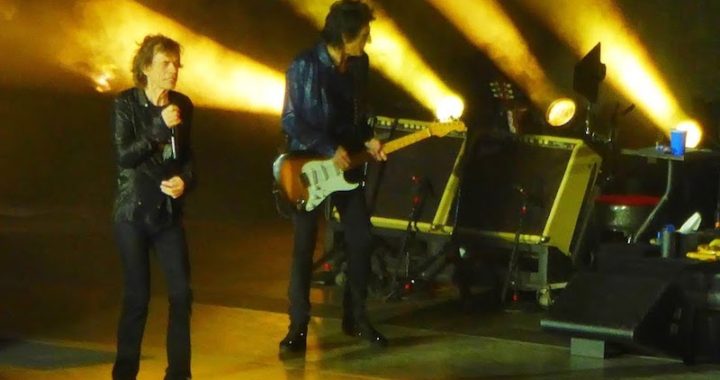On the face of it, it can seem a bit odd that hit songs from a previous generation can serve as good models for how we could or should be writing new songs.
You’d think that if you do that, you’d wind up writing something that sounds dated or passé. But that doesn’t usually seem to be the case.
 Trying to get a handle on writing song lyrics? Discover the benefits of making a lyrics-first method your new go-to process with”Use Your Words! Developing a Lyrics-First Songwriting Process. It’s FREE right now when you purchase the 10-eBook Bundle.
Trying to get a handle on writing song lyrics? Discover the benefits of making a lyrics-first method your new go-to process with”Use Your Words! Developing a Lyrics-First Songwriting Process. It’s FREE right now when you purchase the 10-eBook Bundle.
The main reason that an old good song can teach us so much is that for all the things that matter, songs really haven’t changed all that much. Most of the differences we see between a hit song from the 60s, let’s say, and one written today, are mainly cosmetic: production-level characteristics.
Most songs today still use similar forms that were being used fifty years ago — some arrangement of verses, choruses, and other optional sections. And we still lay those sections out in pretty much the same way.
And the basic point of a song — the topic, and the conversational style of the lyric — hasn’t changed either. Your audience for your song today is still looking for the kind of message and emotional connection that songs fifty years ago were offering.
So in all the ways that really matter, not a lot has changed in how a song is constructed. The “cosmetic” differences are really the domain of a producer, and it reinforces why having a good producer can be the difference between success and failure.
You can and should also be listening to today’s music as well, and blending the old with the new will give you a more complete picture of what music in your chosen genre is able to provide listeners.
But the advantage that older songs have is that they’ve passed the test of time. The fact that we’re still listening to some old songs, but not all of them, is evidence that those successful ones were able to achieve what today’s songwriters should be attempting to do: to present a topic that matters, using lyrics that touch the heart of those listening.
It’s easy enough to find lists of songs that were hits in previous generations, and the Rolling Stone List of The 500 Greatest Songs of All Time is a great place to start.
But any online search of “the best [insert genre here] songs of all time” will give you lots of results. Some of those lists will be simply someone’s opinion, but whether or not they’re actually the greatest examples of songs in your favourite genre is not really the point.
You can be fairly certain that if people are still listening to a song fifty years later, there’s something about it that works. And that makes it a great song to use as a model.
 Written by Gary Ewer. Follow Gary on Twitter.
Written by Gary Ewer. Follow Gary on Twitter.
 “The Essential Secrets of Songwriting” 10-eBook bundle includes several chord progression eBooks, including “Chord Progression Formulas”. Learn how to create chord progressions within seconds using these formulas.
“The Essential Secrets of Songwriting” 10-eBook bundle includes several chord progression eBooks, including “Chord Progression Formulas”. Learn how to create chord progressions within seconds using these formulas.










